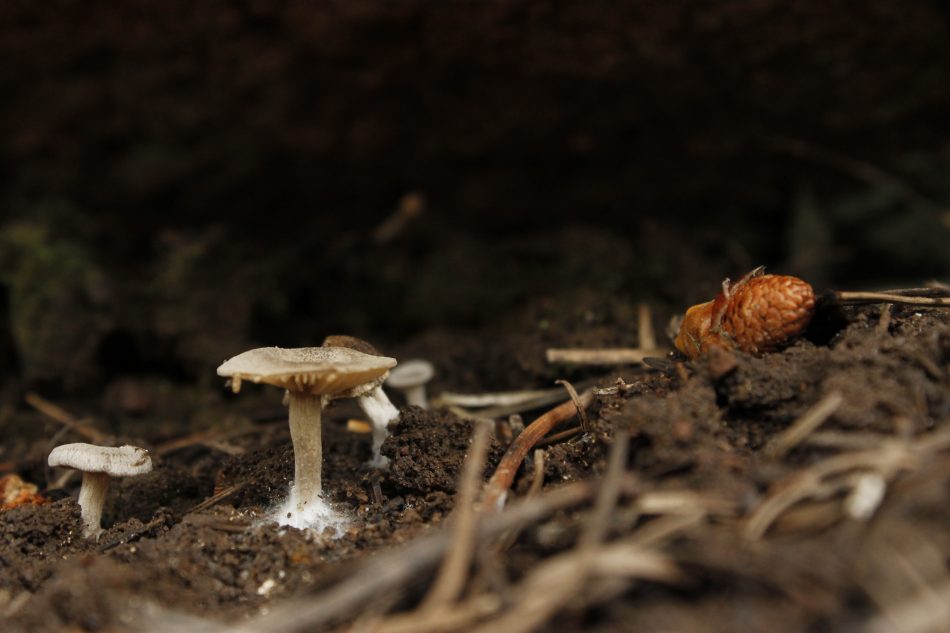Humans have long relied on fungi for sustenance and, er, inspiration. With that said, scientists are only just discovering how incredibly important fungi are for the Earth’s ability to store carbon.
Human activity, especially large-scale agriculture, has severely affected a delicate and precious balance in the earth’s ecosystem that most people know little about. Soil fungi play an important role in the functioning of the plants’ roots: The fungi supply the plant with nutrients, and the plant’s roots deliver carbon that nourishes the fungi. When that symbiosis is thrown off balance by human activity, plants lose some of their capacity to sequester carbon.
In a first-of-its-kind study from Leiden University in the Netherlands, researchers set off to assess where in the world this symbiosis — it’s officially called ectomycorrhiza — is occurring.
What they discovered is that ecosystems featuring this kind of relationship between fungi and plants store 350 gigatons of carbon worldwide. That’s 12 times more carbon than is stored in ecosystems where plants and soil fungi aren’t having an Affaire de Coeur. In other words, the relationship between fungi and plant roots plays a pretty important role in drawing down carbon from the atmosphere, even though human agricultural practices have undermined that relationship pretty severely.
And the good thing is there’s still time for humans to do right by our fungal friends. Planting native plants in abandoned crop fields and barren land could help stem the exodus of carbon from our soil and sequester more carbon in the ground. On top of that, preserving the soil fungi that we already have is also key.











